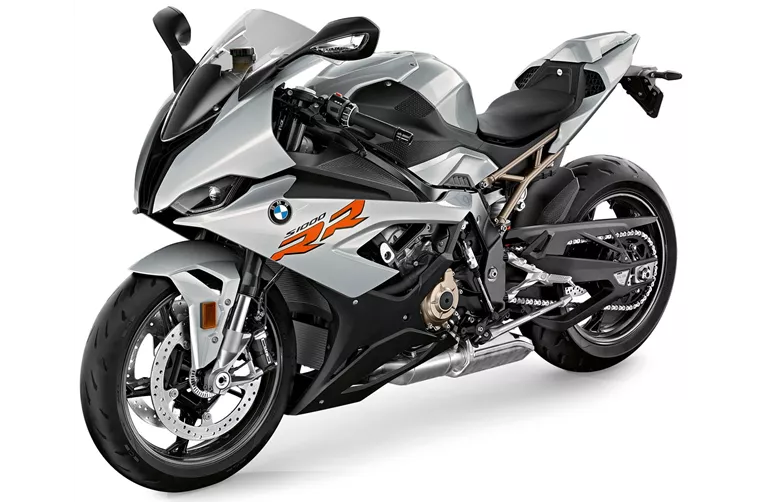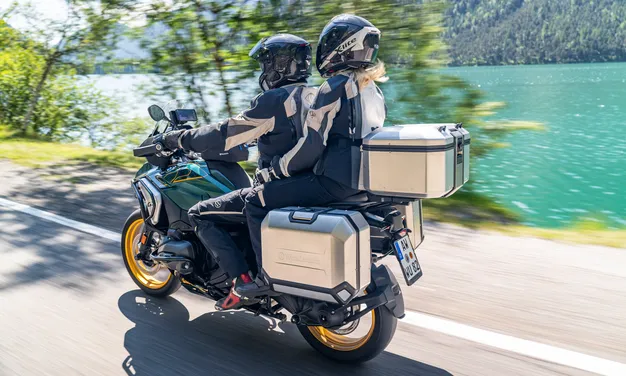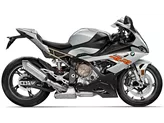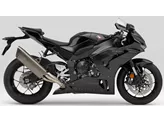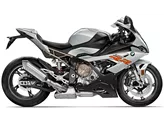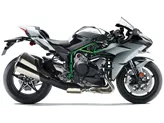BMW S 1000 RR 2020 vs. Yamaha R1 2015
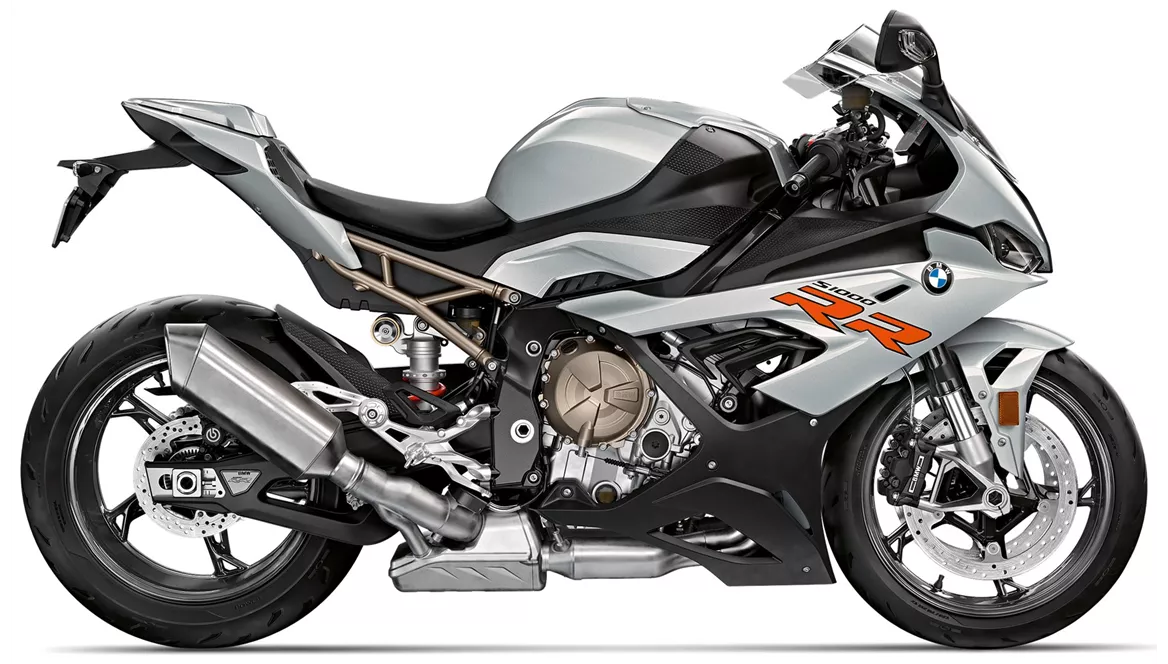
BMW S 1000 RR 2020

Yamaha R1 2015
Overview - BMW S 1000 RR 2020 vs Yamaha R1 2015
The BMW S 1000 RR 2020 and the Yamaha R1 2015 are both high-performance supersport motorcycles that offer impressive specifications and features. While the BMW S 1000 RR 2020 has a more recent model year, it is important to consider the strengths and weaknesses of each bike.
Starting with the BMW S 1000 RR 2020, it boasts a powerful engine with a bore of 80 mm and a stroke of 49.7 mm. This results in an engine power of 207 HP and a torque of 113 Nm. The compression ratio is 13.3, and it has four cylinders with four valves per cylinder. The engine is equipped with DOHC technology and has a displacement of 999 ccm. The bike also features an advanced rider assistance system, including ABS, riding modes, launch control, ride by wire, quickshifter, and traction control.
The Yamaha R1 2015, on the other hand, has a slightly smaller bore of 79 mm and a stroke of 50.9 mm. It offers an engine power of 200 HP and a torque of 112.4 Nm. The compression ratio is 13, and it also has four cylinders with four valves per cylinder. The engine is equipped with DOHC technology and has a displacement of 998 ccm. The bike features launch control and traction control as part of its rider assistance system.
In terms of suspension, both bikes have upside-down telescopic forks at the front. The BMW S 1000 RR 2020 has an aluminum frame with a twin tube, load-bearing engine design, while the Yamaha R1 2015 has an aluminum frame with a Deltabox design. Both bikes have double disk brakes at the front.

BMW S 1000 RR 2020
When it comes to dimensions and weights, the BMW S 1000 RR 2020 has a front tire width of 120 mm and a rear tire width of 190 mm. The front and rear tire diameters are both 17 inches. It has a wheelbase of 1441 mm and a seat height of 824 mm. The kerb weight, including ABS, is 197 kg, and the fuel tank capacity is 16.5 liters.
The Yamaha R1 2015 has similar dimensions and weights, with a front tire width of 120 mm and a rear tire width of 190 mm. The front and rear tire diameters are also 17 inches. It has a slightly shorter wheelbase of 1405 mm and a higher seat height of 855 mm. The kerb weight, including ABS, is 199 kg, and the fuel tank capacity is 17 liters.
In terms of strengths, the BMW S 1000 RR 2020 offers a very linear power delivery, making it highly controllable. It has a wide rev range and pleasant control, with plenty of pressure in the lower rev range thanks to ShiftCam technology. The bike also has excellent DDC (Dynamic Damping Control) for precision and top performance. Additionally, it has a comprehensive electronics package and provides a harmonious overall package on both the road and the racetrack.

Yamaha R1 2015
On the other hand, the Yamaha R1 2015 is praised for its crazy sound and rev-happy engine with a strong peak. It offers a great racing feeling in the saddle and has a superior electronics package. The bike also boasts high-quality workmanship.
However, the BMW S 1000 RR 2020 does have some weaknesses. In some aspects, the bike may seem a bit "characterless" compared to competitors like Aprilia and Honda. Additionally, it may lag behind on the spec sheet when compared directly to other bikes.
Similarly, the Yamaha R1 2015 has its weaknesses. It experiences torque sag in the middle, which may affect the overall performance. Additionally, it may have stability issues in the braking zone.
In conclusion, both the BMW S 1000 RR 2020 and the Yamaha R1 2015 offer impressive features and performance. The BMW S 1000 RR 2020 excels in terms of power delivery, electronics package, and overall control, while the Yamaha R1 2015 stands out with its sound, racing feeling, and high-quality craftsmanship. However, it is essential to consider the weaknesses of each bike, such as the BMW's potential lack of character and the Yamaha's torque sag and braking stability issues.
Technical Specifications BMW S 1000 RR 2020 compared to Yamaha R1 2015
Pros and Cons in comparison
Pros and Cons in comparison
BMW S 1000 RR 2020
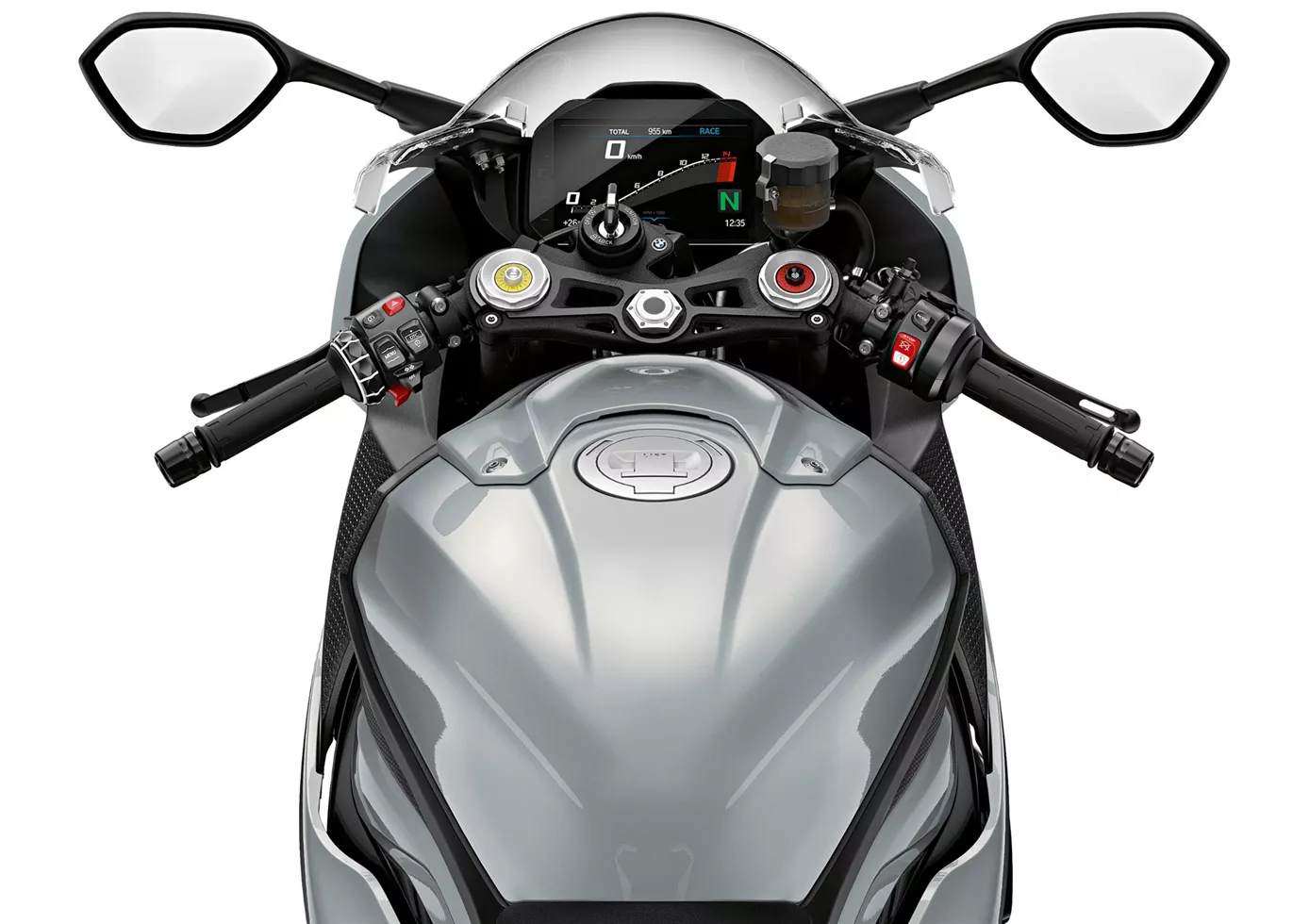
A real "all-rounder" superbike. The BMW knows how to play to its strengths both on the race track and on the country road. Thanks to variable camshaft control, the powerful engine is already convincing at the bottom end and accelerates harmoniously across the entire rev range, with plenty of power in every range. For the hobby pilot, the chassis certainly functions excellently in every situation, provides transparent feedback and offers many adjustment options. The seating position is sporty yet relatively comfortable. The electronics work very harmoniously without patronising the rider - TOP!
Yamaha R1 2015

The new R1 is a big hit and no longer compares to the previous model. This was considered a good country road bike and heavy investments had to be made for excursions to the race track. Now it is the other way round. The new R1 has been developed with a clear focus on the race track. The electronics package seems outstanding, technology freaks will get their money's worth. Yamaha fans have to buy it, they finally have a worthy motorbike. The R1 has slight weaknesses when braking - it becomes a little unstable here. If you want to buy a ready-made racing bike without having to work on the chassis, you'd better go for the R1M. The Öhlins electronic suspension works perfectly and has no weaknesses. For pure racetrack use, the second weakness of the R1 can easily be ironed out. The torque hole in the middle can be easily ironed out with a new mapping.
Price Comparison Avarage Market Price BMW S 1000 RR vs Yamaha R1
There are a few key differences between a BMW S 1000 RR 2020 and a Yamaha R1 2015. There are the same number of bikes of both models available on the 1000PS.de marketplace, specifically 16. It takes less time to sell a BMW S 1000 RR with 68 days compared to 76 days for a Yamaha R1. Since model year 2010 1000PS.de editors have written 135 reviews for the BMW S 1000 RR and 80 reviews for the Yamaha R1 since model year 2005. The first review for the BMW S 1000 RR was published on 16/04/2008 and now has more than 4,000 views. This compares to more than 3,900 views for the first review on Yamaha R1 published on 28/04/2003.
